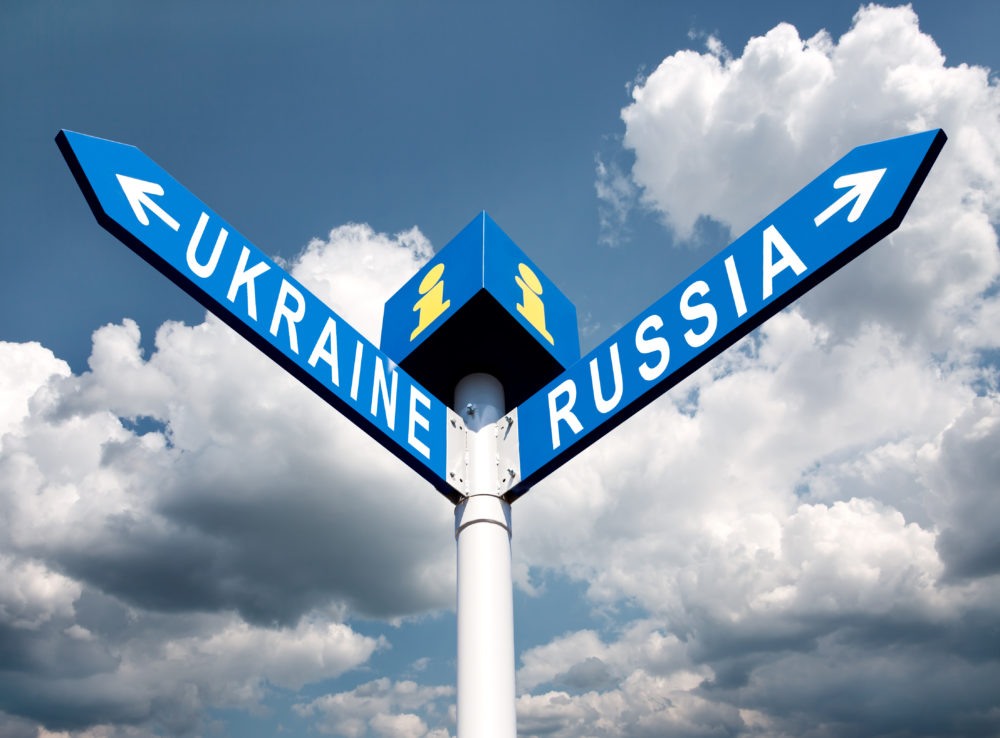
25 Aug The Slavic Missions Awakening
Take a glance at the headlines today and you quickly realize that the relationship between Russia, Europe and the West is reverting to Cold War norms. But, despite souring geopolitical relations, the evangelical church in Russian-speaking Eastern Europe is thinking more globally than ever before.
Since the collapse of the Soviet Union in December of 1991, the Slavic World has been a net receiver of missionary activity. After 25 years of welcoming missionaries, it’s no wonder that most people in the Slavic world grew to understand the term “missionary” as a white westerner sent from afar to minister in their country. This mentality is changing now as Post-Soviet evangelical leaders are attempting to organize their own missionary sending capacity.
Ukrainian Baptist (AUC ECB), Foreign Missions Committee director, Volodymyr Kondor captures the feeling inside many post-Soviet denominations. “For many years we have been the recipients of much missionary investment. We have had missionaries come here for many years and they have done many great things for the church in this part of the world. Now it’s our time. It’s our time to send missionaries to the world and to begin to participate in a serious way in reaching the nations for Christ.”
The sentiment that, “It’s our time”, is a common theme among many Slavic evangelical leaders. But this is not an entirely new phenomenon in Slavic protestant history. Missions have always been a part of the DNA of Slavic evangelical identity. This identity has been suppressed in the past, but now a return to historical missionary roots is underway.
In 1763, the Russian Empire, under Catherine the Great recruited Europeans to farm Russian lands with guarantees to preserve their religion, culture and heritage. A large response came from German Anabaptists who settled along the Volga River, and parts of southern Ukraine. Initially these groups were isolated and did not share much of their faith with their Slavic neighbors. But, during a Bible-reading revival in the 1860’s, many Anabaptists became burdened for their Slavic neighbors and began to evangelize and baptize them. By the mid 1800’s, the Baptist movement had taken hold in Russia. Johann Wieler and Ivan Ryaboshapka, emerged in the late 1860’s as early examples of leaders who formulated strategic plans for the evangelization of the territory. Following the lead of German Baptist leader, Johann Oncken, Russian Baptists popularized the slogan, “Every Baptist is a Missionary.”
Today, the Slavic church is emerging from the long hangover of communism. It’s only been 25 years since the collapse of the Soviet Union. Many leaders are beginning to see the need to return to Slavic evangelical roots and continue what their church fathers started 160 years ago.
As this missionary fervor grows, leaders are looking for tools and resources to mobilize their churches and denominations toward domestic and international mission. Kairos, a mission education program developed in the Philippines has been in use in Russia and Ukraine for almost a decade. Dozens of facilitators have been trained who are offering the course in almost every region in both countries. The course is a week-long mission intensive that is meant to challenge believers in the church toward greater involvement in the Great Commission. Kairos is perhaps the most robust missions mobilization program in the Slavic world. Other programs have gained traction in recent years also.
Xplore, a small group study covering the Five Habits of a World Christian, was translated into Russian in 2011. Xplore was enthusiastically received for its ability to give every-day Christians and local churches practical ways to become involved in missionary activity. Slava Petrovich, a missions mobilizer in southern Russia developed a seminar from Xplore and has introduced dozens of churches to practical involvement in the Great Commission. Slava is one example of dozens of Russian-speaking leaders who have a passion to infuse mission vision and excitement into churches.
The Storyline Seminar and the Storyline Study are mission education programs that not only ground believers in basic biblical missiology, but are giving amplification to the evangelical voices in Slavic history. Storyline was recently launched in the Ukrainian cities of Lviv, Odessa, and Kiev as part of a multi-year strategy to train teams of mission mobilizers in several regions of the Ukraine. These leaders will facilitate hundreds of mobilization seminars in local churches, and as a result, raise up; prayer, workers, and finances for Ukrainian Baptist missionary projects.
One Ukrainian missionary couple went through the Storyline training in July of 2016 and within 4 weeks taught the Storyline program in 4 churches. They reported that they have found it to be a powerful tool for both activating the local churches toward mission, and also for raising financial support for their own international missionary service in the Muslim world.
In the past two years, additional resources have emerged giving added strength and momentum to the nascent Slavic missionary movement. Encountering the World of Islam (EWI) is now providing practical training to pastors, leaders and students in understanding and reaching the Muslim world. This is significant when you consider that five predominant Muslim countries have risen from the former Soviet Union. In three of these five countries, Russian is counted as an official state language. Russia itself is experiencing a massive influx of migrant workers from Central Asia, most of whom are culturally Muslim. The EWI course is available in both Russia and Ukraine and has been a powerful preparatory tool to the many outreach projects occurring domestically and abroad.
The Slavic Church will face many challenges as they begin to build a large scale sending effort. Organizations like Pioneers, Storyline, and the CMM are helping to provide cutting edge and contextualized tools for mobilization and mission education for this sustained work. Much investment will be required to build the necessary organizational structure and capacity to sustain hundreds of long-term workers. But these days the Slavs are rolling up their sleeves, and despite the turmoil around them, are saying, “Da! Count us in!”




